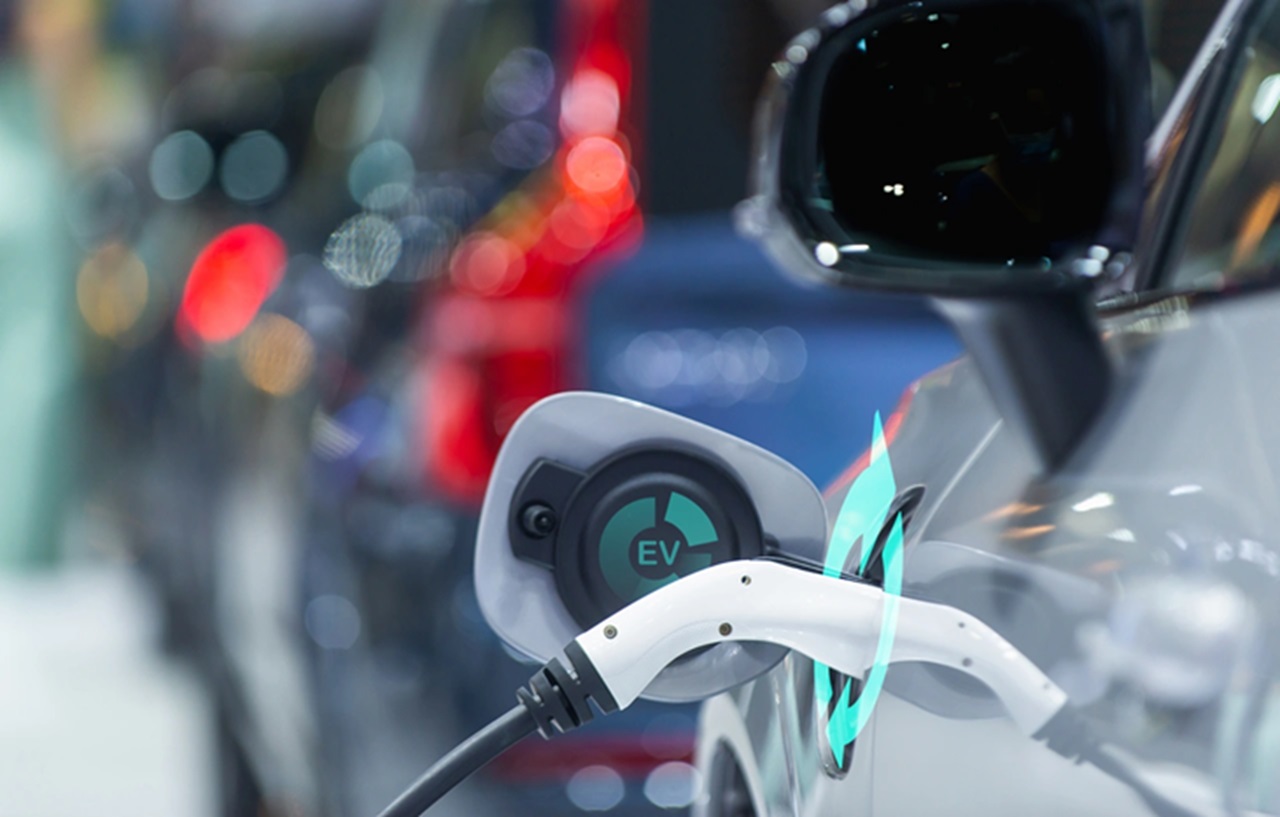The rise of electric vehicles (EVs) is placing unprecedented demands on power grids, but artificial intelligence (AI) is emerging as a game-changer in managing this surge efficiently.
The Growing Challenge of EV Charging
As the adoption of EVs accelerates, traditional electrical grids face significant challenges in accommodating the increased energy consumption. Unmanaged EV charging could lead to billions in new infrastructure costs over the next decade. Fortunately, AI-driven smart meter data analysis offers a solution to optimize charging patterns and enhance grid resilience.
How AI is Transforming Smart Meter Data
Advanced metering infrastructure (AMI), commonly known as smart meters, enables two-way communication between consumers and utilities. These meters collect real-time electricity usage data at intervals as short as 15 minutes. By leveraging AI-powered deep learning algorithms, this data can be disaggregated to identify EV users and analyze their charging behaviors.
This granular insight allows utilities to implement targeted EV-managed charging programs, ensuring that energy distribution remains efficient and cost-effective. AI can also predict transportation electrification trends, helping grid operators prepare for future demand surges.
Real-World Applications of AI in EV Charging
Several case studies highlight the effectiveness of AI-driven smart metering solutions:
- Ontario’s Hydro One leveraged AI to analyze EV usage among its 1.5 million customers, enabling the rollout of specialized charging programs.
- NV Energy in Las Vegas utilized AI to optimize EV charging incentives, successfully shifting peak-hour charging to off-peak periods by up to 10 times more effectively than traditional methods.
The Future of AI in EV Grid Management
As AI continues to evolve, its role in energy management will expand further. AI-powered software solutions from companies like Bidgely, Uplight, and Oracle are already helping utilities map EV load growth by geography and integrate EVs into long-term energy forecasts.
Given the rapid advancements in AI applications, the transportation sector is not the only industry experiencing a transformation. AI-driven solutions are also revolutionizing last-mile logistics, ensuring efficient and sustainable delivery operations.
Conclusion
With the number of EVs on U.S. roads projected to increase from 4.8 million in 2025 to 78.5 million by 2035, AI will be indispensable in ensuring smart, efficient, and cost-effective grid management. By harnessing AI-driven insights, utilities can stay ahead of the curve and facilitate the shift towards a more sustainable transportation ecosystem.






